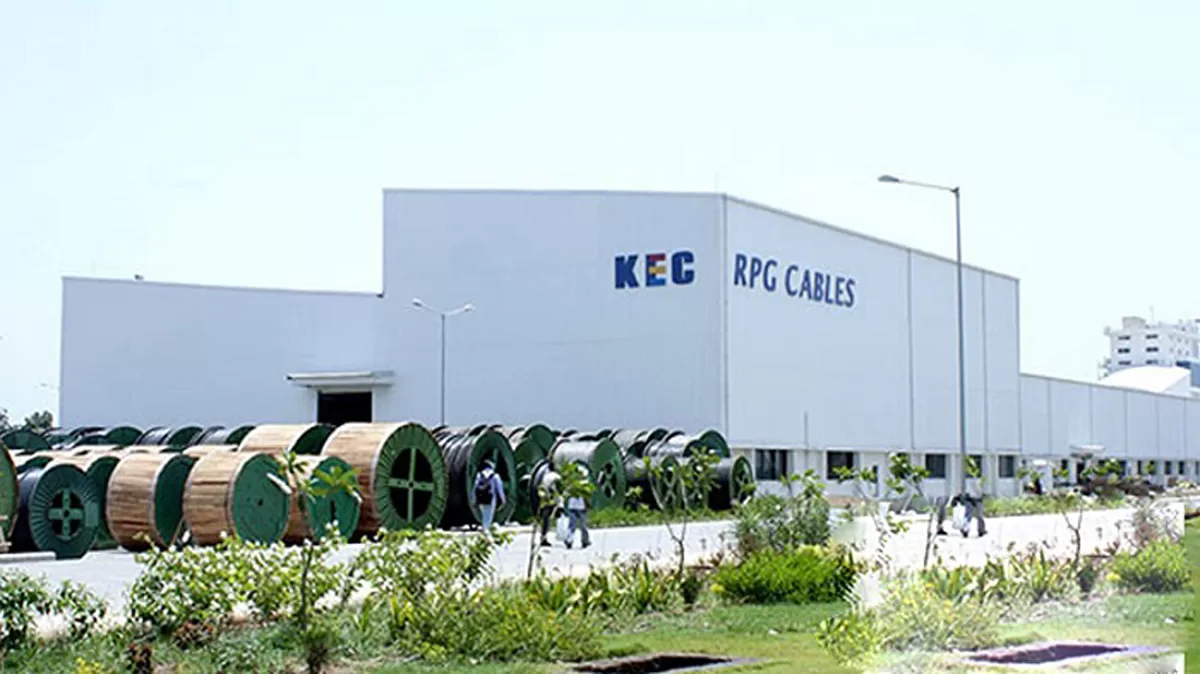Kerala floods - A look at what could have led to the disaster that ensued, and what has this resulted into?
01 Sep 2018
5 Min Read
CW Team
<div>In 2013, floods and landslides devastated the northern state of Uttarakhand. The build-up of sediment in rivers, caused by hydroelectric plants, worsened the flooding. In 2014, floods ran amok through Kashmir, attributed to encroachments that diminished the holding capacity of lakes and water bodies. Poor planning has led to similar crises in the cities of Mumbai and Chennai as well. And now, in 2018, it's the turn of God's own country: Kerala. </div>
<div><span style="font-weight: bold;"> </span></div>
<div><span style="font-weight: bold;">What led to the floods?</span></div>
<div>In one of the worst floods in the state's history, Kerala has lost close to 400 lives and has been witness to extensive destruction. Officials and experts have reportedly said that the floods in Kerala, which has 44 rivers flowing through it, would not have been so severe if authorities had gradually released water from at least 30 dams. The dams were not opened up gradually; it was only after they completely filled up that water from over 80 dams was released. In an all-time high, Kerala recorded more than 37 per cent excess rainfall in just two-and-a-half months. </div>
<div><br />
</div>
<div><span style="font-weight: bold;">But was it only the heavy rains to blame for the situation? </span></div>
<div>Environmental experts have reportedly said that a construction boom, which saw houses, buildings and tourists resorts spring up in areas that traditionally soaked up rainwater, worsened the impact of the monsoon. Certainly, there has been extensive construction, especially on wetlands, and encroachment on rivers, which could have otherwise helped store water. Further, extensive construction has led to indiscriminate sand mining and quarrying in the mountains. The result: The stone quarries resulted in a huge number of landslides, the rubble from which chocked streams and rivers.</div>
<div><br />
</div>
<div><span style="font-weight: bold;">Economic losses</span></div>
<div><span style="font-weight: bold;">Needless to say, the state has suffered massive economic losses. </span></div>
<div>A recent assessment by ASSOCHAM has indicated an estimate of Rs 150-200 billion with a staggered impact of a few months, majorly on tourism, cash crops, and trading, including international trade from Kochi and other ports. On the prolonged impact, the report says that not only will relief and rehabilitation be hampered, but it will take long to rebuild even basic infrastructure, like roads, re-erecting of electric poles, broadband cables, and clearing roads in the mountain region of the mud and landslides. Besides, rebuilding of houses will take weeks and months.</div>
<div>In a snapshot, from the perspective of infrastructure loss, this is the fallout of the Kerala disaster:</div>
<div><br />
</div>
<div>The floods have destroyed 27,000 houses and submerged 45,000 hectare of farmland.<br />
</div>
<div>Over 10,000 km of national and state highways, 134 bridges, 16,000 km of PWD roads and 82,000 km of local roads were completely destroyed. Preliminary estimates suggest that a cumulative loss of Rs 44.41 billion has happened to key roads.</div>
<div>Electricity supplies have been affected with the state's maximum met power demand reportedly coming down to 2,241 MW on August 16, compared to 3,136 MW on July 1. Over 4,000 electricity transformers were switched off to avoid mishaps. </div>
<div>Situated close to the Periyar River, flood water entered Kochi Airport and further damaged the runways. The airport has suffered an estimated loss of over Rs 2.2 billion.</div>
<div>Kerala has seen a massive construction boom in recent years and the major demand for cement and concrete in the South comes from the state. Companies with a strong Kerala franchise can expect to see negative vibes in the next few quarters. For starters, the state will have to get over its devastation; second, rampant construction activity has already been blamed for the floods as it is supposed to have disrupted the delicate ecological balance in the Western Ghats.</div>
<div><br />
</div>
<div>State officials have been reportedly quoted saying that Kerala will have to seek sustainable development as it rebuilds damaged homes and thousands of kilometres of eroded roadways. That said, the coming months will spur huge demand for reconstruction: 62 per cent of the state's economy is in the tertiary sector, which is primarily real estate and trade; and 26 per cent is in the secondary sector, which is dominated by construction. A thin silver lining in that reconstruction can be an incidental gain for the state, which reports the highest unemployment rate in the country. </div>
<div><br />
</div>
<div>However, rebuilding Kerala will be no cakewalk. Even under normal circumstances, the state is reportedly known to have little money for capital expenditure (Rs 103.33 billion), with most of its income going towards revenue expenditure (Rs 1,156.61 billion). It remains to be seen how the state will find the resources to rehabilitate and rebuild.</div>


















